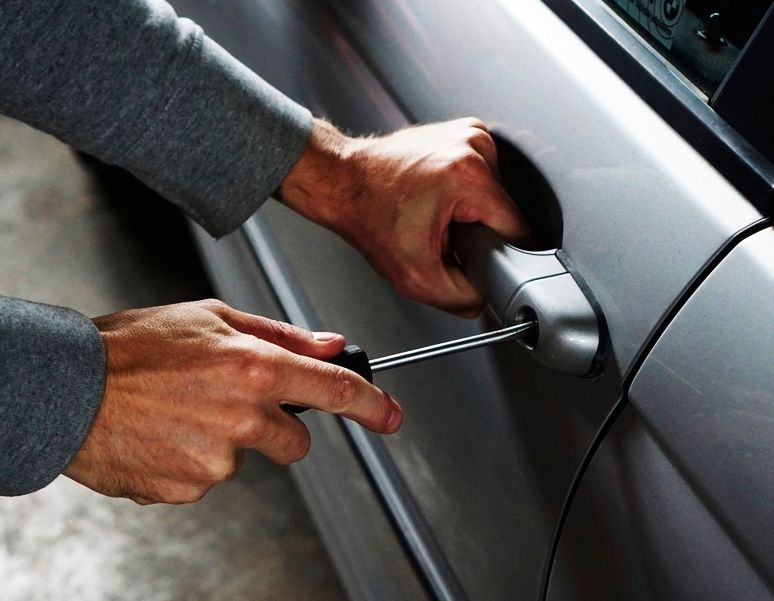
The roar of a classic muscle car engine, the unmistakable silhouette of a Charger or a Cuda tearing down the asphalt – these are the indelible images that captivate enthusiasts and casual observers alike, echoing a golden age of American automotive power and style. Yet, for many, truly distinguishing between the titans of this era can be a significant challenge. We’ve all heard the tales of mistaken identities, with a mint-condition 1964 Mustang being confused for a Corvair, or perhaps even a Model T thrown out for serious contemplation. It highlights a fundamental truth: for the uninitiated, the intricate nuances and distinguishing characteristics between seemingly similar, legendary machines can often blur, making a precise identification a formidable task.
Imagine, then, the heightened complexity when two vehicles not only share the same corporate parentage but also boast the same underlying body style and both promise an undeniably amazing ride. This is precisely the intriguing scenario that defined the relationship between Dodge and Plymouth, two storied divisions of the same powerhouse, Chrysler. For decades, these brands battled fiercely for supremacy on both the street and the drag strip, each contributing timeless icons to the muscle car lexicon, such as the Challenger, Charger, Cuda, and Road Runner. While they shared a common Mopar identity, a deeper dive reveals a fascinating array of distinctions that shaped their individual characters.
At first glance, a 1970 Dodge Challenger and a 1970 Plymouth Cuda might appear almost identical, both utilizing the groundbreaking E-body platform and delivering thrilling, high-performance experiences. However, as we embark on a journey through their rich history and intricate mechanical details, it becomes abundantly clear that significant differences existed, defining each brand’s unique character and appeal. From the specific nomenclature given to their engines to their historical market positioning, and even the subtle perceptions of quality and performance, these profound distinctions shaped the enduring legacy of Dodge and Plymouth, ensuring each carved out its own unique niche in the annals of automotive history.

1. **Engine Naming Conventions: The Magnum and The Commando**One of the more immediate, yet ultimately superficial, differences between Dodge and Plymouth classic muscle cars, especially concerning their small block engines, resided in their distinct naming conventions. While the internal mechanical components of these powerplants were essentially identical, each division of Chrysler adopted unique terms to brand these potent hearts. Dodge, for its part, proudly utilized the term “Magnum” to designate its small block engines, a moniker that instantly evoked a sense of brute force, power, and high-performance capability, resonating strongly with its target audience.
Plymouth, conversely, chose the equally evocative and spirited term “Commando” for its corresponding small blocks. Despite these differing names, the engines were, from an engineering standpoint, the very same units. This strategy of re-branding identical components with divisional-specific names was a well-established marketing practice within the broader automotive industry. Its primary purpose was to cultivate a unique brand identity and appeal for each division, even when sharing core technologies and engineering. Ultimately, for those seeking to verify an engine’s true origin, the VIN number stamped on the engine block served as the definitive identifier, allowing for precise traceability back to whether it powered a Dodge or a Plymouth vehicle. This shared mechanical foundation, masked by distinct branding, is a prime example of the intricate relationship between the two divisions.
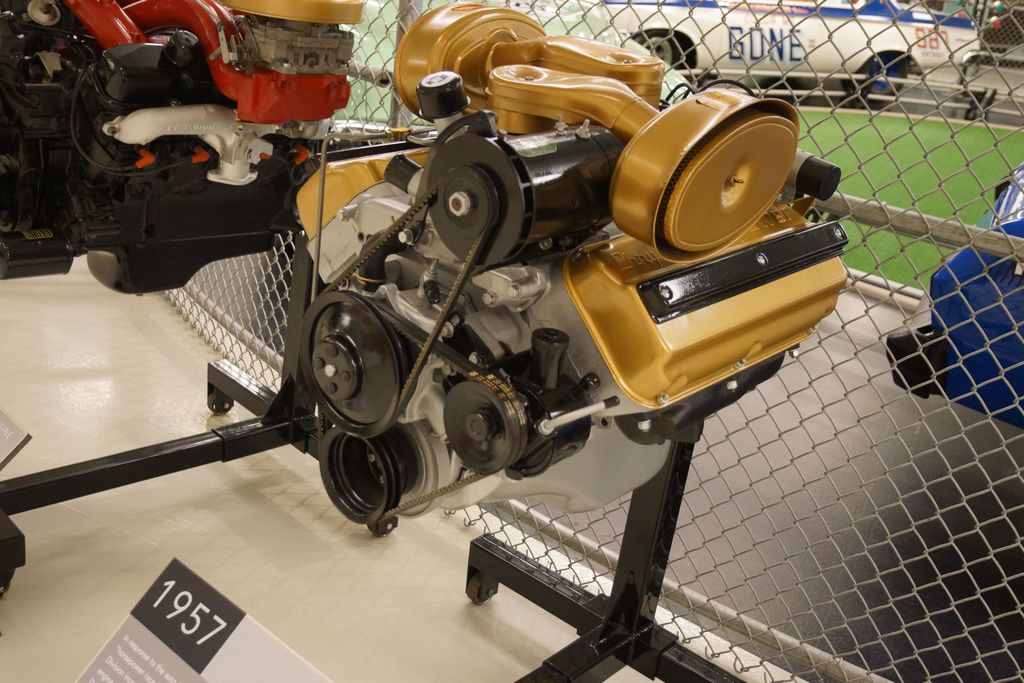
2. **Early Hemi Engine Access: A History of Divisional Exclusivity**Long before the legendary 426 Hemi became a shared symbol of raw power for both Dodge and Plymouth during the high-octane muscle car era, the early history of Chrysler’s groundbreaking Hemi engines revealed a compelling pattern of divisional exclusivity. In the earlier years of the corporation, each individual division—Chrysler, DeSoto, and Dodge—was responsible for developing and utilizing its own distinct V8 engines. This meant that specific engine designs and a range of displacements were often unique to particular car lines within the corporate umbrella, creating clear distinctions in their powertrain offerings.
For example, Chrysler itself was instrumental in building the first-generation Hemi engines, with displacements like the formidable 331, 354, and 392 cubic inches, primarily for its own brand. DeSoto also played a significant role, developing its own series of Hemis, which included the 276, 291, 330, 341, and 345 cubic inches. Dodge, not to be outdone, contributed to this early Hemi lineage with its own versions, featuring displacements such as the 241, 270, 315, 325, and a later 426 Hemi. What is particularly noteworthy is that the Plymouth division, despite its later muscle car prowess, did not utilize a Hemi engine at all until the introduction of the much-celebrated 426 Hemi in 1964. This historical disparity underscores a fundamental difference in how early, high-performance engine technology was initially distributed and branded across Chrysler’s diverse divisions, positioning Plymouth as a relatively later, though no less impactful, adopter of the Hemi designation.
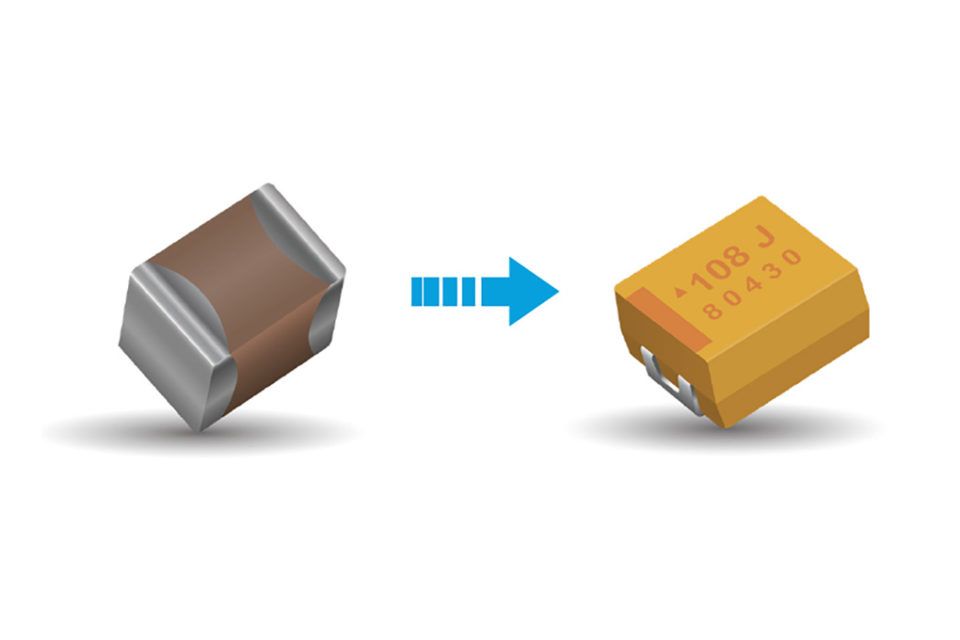
3. **Component Quality and Interchangeability: Beyond the Part Number**The subject of component quality and interchangeability between Dodge and Plymouth vehicles is a fascinating and often debated topic among Mopar enthusiasts. On one hand, a widely accepted truth was that “a Chrysler part no is a Chrysler part no,” implying that many components, especially mechanical ones, were indeed identical and interchangeable across the divisions. This standardization was a logical approach to streamline manufacturing and reduce costs within a large corporation. However, this broad interchangeability didn’t always equate to identical quality or perceived value, as some compelling accounts from the era suggest.
For instance, a story from a Chrysler Plymouth dealer recounts a parts manager with an encyclopedic memory who, needing a bearing for an old flathead Plymouth transmission, offered one for a Chrysler instead, noting the only difference was “About two dollars.” He further elaborated that some Chrysler parts, while identical in fit, were simply of higher quality and commanded a premium price. Furthermore, the “urban legend” persists that high-performance engines like Hemis, 6-Packs, and TA engines, and even Chrysler engines generally, were “hand assembled.” While concrete facts to back this are scarce, the practice of factory workers using “under and over sized bearings and pistons to make up for production tolerances and have bearing clearances in spec” does suggest that a certain degree of hand assembly, or at least meticulous individual fitting, was indeed involved in ensuring optimal performance and longevity for some critical components. This intricate dance between shared parts, perceived quality, and specialized assembly highlights the complex engineering and manufacturing landscape of the time, creating subtle, yet significant, differences in the eyes of discerning buyers and collectors.
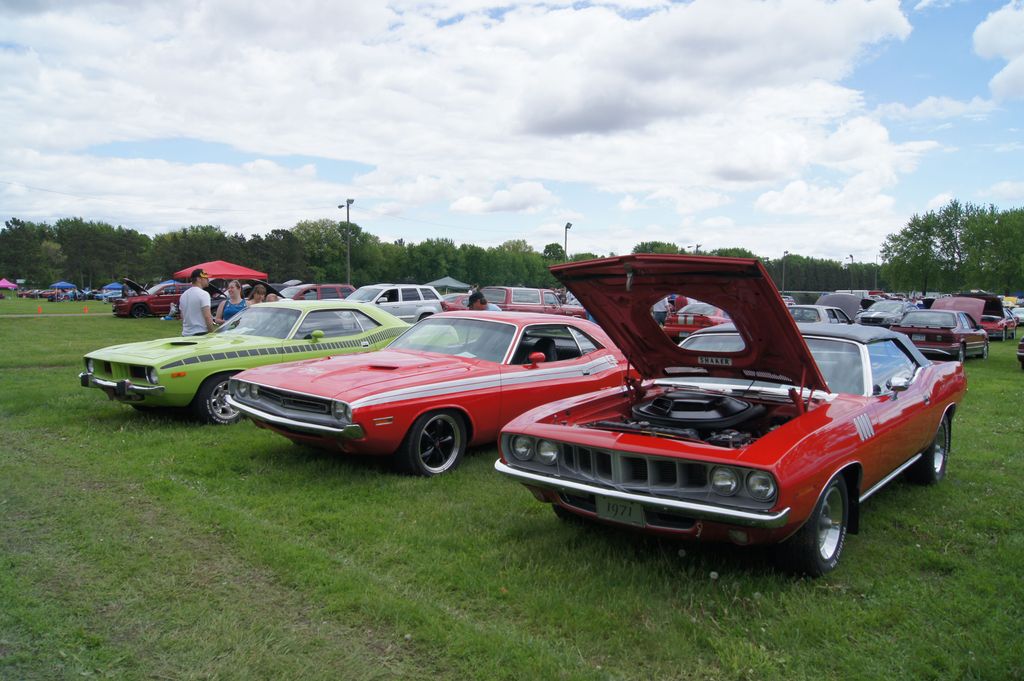
4. **Sales and Public Acceptance: The Undeniable Power of Perception**When examining the compelling rivalry between Dodge and Plymouth, particularly during the vibrant muscle car era, the contrasting sales figures and levels of public acceptance present another intriguing point of differentiation. From at least the 1960s onward, Dodge sales consistently appeared to outperform Plymouth’s, even in scenarios where Plymouth vehicles were typically offered at a lower price point. This discrepancy strongly suggests that factors beyond mere affordability—most notably, public perception and the potent influence of advertising—played a significant role in guiding consumer choices.
When examining the compelling rivalry between Dodge and Plymouth, particularly during the vibrant muscle car era, the contrasting sales figures and levels of public acceptance present another intriguing point of differentiation. From at least the 1960s onward, Dodge sales consistently appeared to outperform Plymouth’s, even in scenarios where Plymouth vehicles were typically offered at a lower price point. This discrepancy strongly suggests that factors beyond mere affordability—most notably, public perception and the potent influence of advertising—played a significant role in guiding consumer choices.
Dodge vehicles were frequently characterized as being “bigger, heavier, longer, better-optioned and often more powerful.” This robust image, coupled with aggressive marketing, likely appealed to a broader segment of the car-buying public seeking a more substantial, feature-rich, and overtly powerful vehicle. Conversely, while many passionate enthusiasts and long-time Mopar fans often championed Plymouths as being “better looking, lighter, and usually faster and quicker,” this appeal, though strong, might have resonated with a more niche or performance-oriented audience. Consequently, despite Plymouth’s competitive pricing and its dedicated following, Dodge managed to consistently capture a larger share of the overall market. This phenomenon vividly illustrates how brand image, strategic advertising campaigns, and the general public’s evolving perception of what constituted a desirable automobile could create a palpable sales disparity between two brands that, on the surface, shared so much corporate DNA. The perceived value and prestige associated with the Dodge name, even for functionally similar cars, often translated into higher showroom traffic and, ultimately, more units sold.
Having explored the foundational distinctions and corporate strategies that shaped Dodge and Plymouth muscle cars, our journey now steers into the specifics of their model-level variations, their vibrant racing legacies, and the fascinating dynamics of their current collector market valuations. These deeper dives reveal how subtle differences in design, a fierce competitive spirit on the track, and the passage of time have etched distinct identities for these Mopar legends.
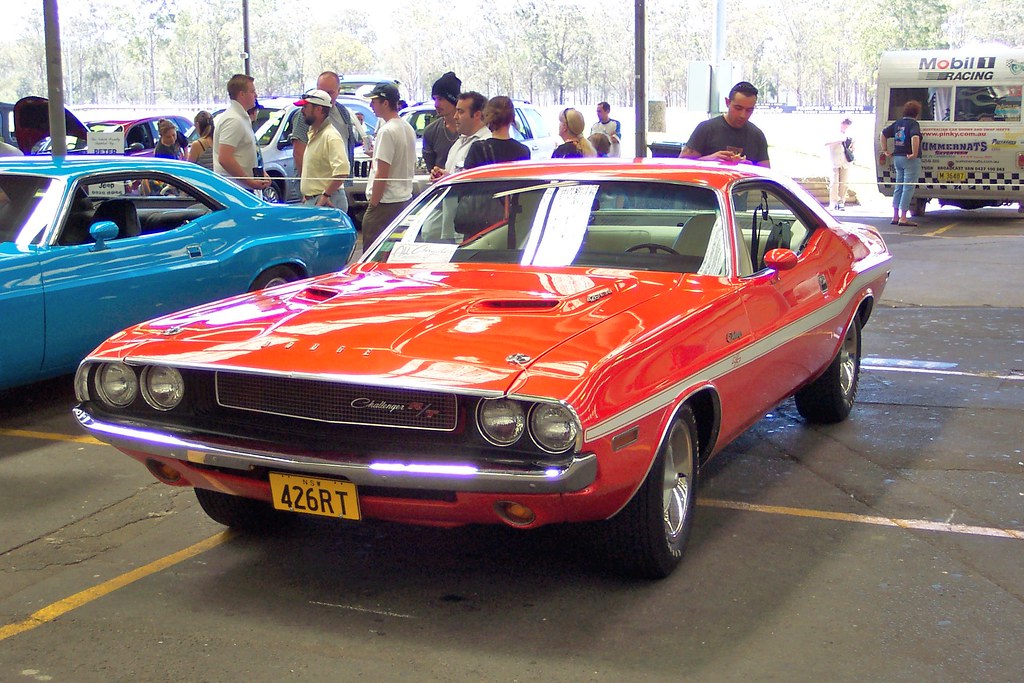
5. **Styling Philosophies and Visual Cues: More Than Just a Badge**While the underlying mechanicals often shared common roots, Dodge and Plymouth cultivated distinct styling philosophies, resulting in visual cues that set their models apart. This wasn’t merely about changing a badge; it was a deliberate effort to appeal to different segments of the market, influencing everything from overall dimensions to subtle aesthetic details. These choices created memorable, and sometimes even controversial, appearances that enthusiasts debate to this day.
Consider, for example, the visual differentiation between the iconic 1970 Dodge Challenger and its Plymouth counterpart, the Cuda. One of the most immediate stylistic differences, and one often cited by aficionados, is the headlamp configuration: the Challenger prominently featured four headlamps, giving it a broader, more assertive face, while the Cuda opted for a more minimalist, focused look with just two. Beyond this, the Challenger was also designed with slightly larger dimensions, being 2 inches longer in wheelbase, 4.7 inches longer overall, 0.2 inches taller, and 1.7 inches wider than the Cuda. These subtle yet significant differences ensured each car maintained its unique visual presence despite sharing the E-body platform.
The impact of styling was not always universally acclaimed, however. Early in their history, some design choices sparked considerable discussion. For instance, Chrysler’s decision to slightly downsize and restyle its 1962 Plymouth and Dodge B-body car lines (including models like the Dart and Savoy) led to some cars being humorously described as looking like they’d been hit by an ‘ugly stick.’ This highlights that while stylistic distinctions were crucial for brand identity, their reception could vary widely, ultimately impacting sales and public perception. Yet, what might have been considered a design misstep by some, often becomes a unique identifier cherished by collectors years later.
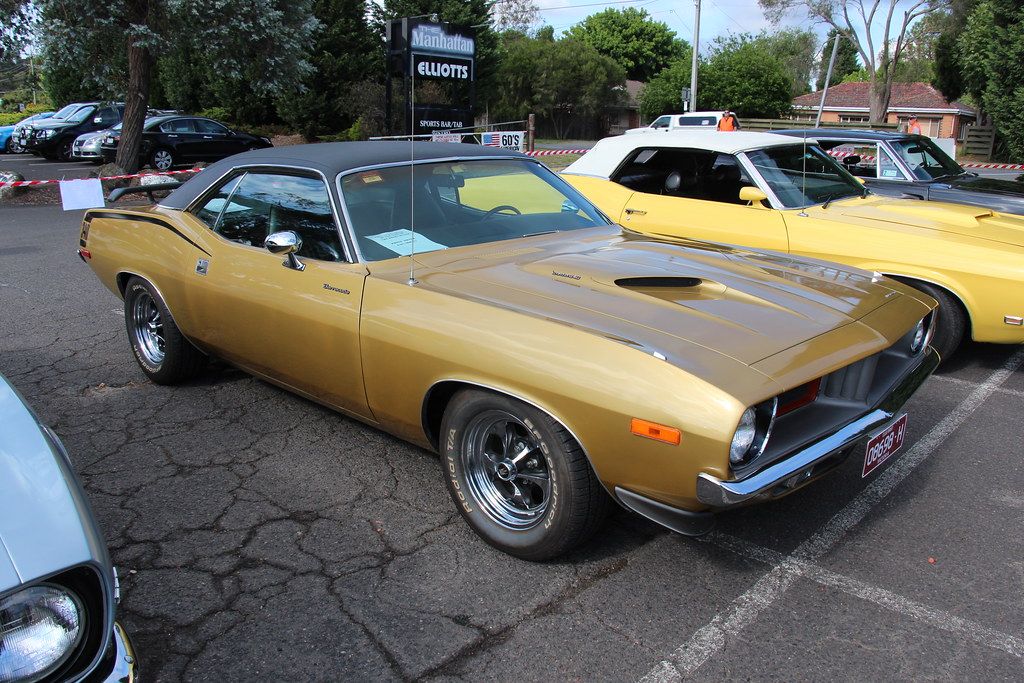
6. **The Challenger and Cuda: A Tale of Two E-Bodies**Among the most direct comparisons of Dodge and Plymouth muscle cars, the 1970 Dodge Challenger and 1970 Plymouth Cuda stand out, sharing the revolutionary E-body platform but diverging in crucial aspects that define their appeal today. Both models offered an undeniably amazing ride, yet a closer inspection reveals distinctions in their standard offerings, physical dimensions, and ultimately, their availability and collector market value. These differences make choosing between them a matter of preference, or perhaps, opportunity.
The dimensional variations between the Challenger and Cuda were significant enough to give each car a distinct road presence. As previously noted, the 1970 Dodge Challenger commanded a larger footprint with a 2-inch longer wheelbase, a 4.7-inch increase in overall length, a 0.2-inch greater overall height, and a 1.7-inch wider stance compared to the Cuda. Furthermore, their standard engine offerings presented a contrast. While both could be equipped with the much-heralded 426 cubic-inch, 425 horsepower Hemi, the Challenger came standard with a 145 horsepower, 225 cubic-inch slant six. This same slant six was available on the Cuda, but only as an option, suggesting a slightly different initial positioning for the base models.
Perhaps the most impactful difference for today’s collectors lies in their production numbers. The 1970 Plymouth Cuda is considerably rarer, with only 46,373 units manufactured. In stark contrast, 76,935 Challengers were produced in the same year. This significant disparity in production quantity directly translates to market value today, with Cudas typically fetching a small fortune at auction due to their scarcity. While 1970 Challengers also command impressive prices, the sheer rarity of the Cuda ensures its premium status among collectors, demonstrating how availability profoundly influences a classic car’s worth.
Car Model Information: 2022 Dodge Challenger SXT
Name: Dodge Challenger
Production: 1969–1974,1977–1983,2008–2023
ModelYears: 1970–1974,1978–1983,2008–2023
Caption: 2015 Dodge Challenger SRT Hellcat
Manufacturer: Dodge
Categories: 1970s cars, 1980s cars, 2000s cars, 2010s cars, 2020s cars
Summary: The Dodge Challenger is the name of three generations of automobiles produced by the American automobile manufacturer Dodge. However, the first use of the Challenger name by Dodge dates back to 1959 for marketing a “value version” of the full-sized Coronet Silver Challenger.
From model years 1970 to 1974, the first-generation Dodge Challenger pony car was built using the Chrysler E platform in hardtop and convertible body styles sharing significant components with the Plymouth Barracuda.
The second generation, from model years 1978 to 1983, was a rebadged Mitsubishi Galant Lambda / Sapporo, a coupe version of an economical compact car.
The third and current generation is a full-size muscle car that was introduced in early 2008 initially as a rival to the evolved fifth generation Ford Mustang and the fifth generation Chevrolet Camaro.
In November 2021, Stellantis announced that the 2023 model year would be the final model year for both the LD Dodge Charger and LA Dodge Challenger, as the company will focus its plans on electric vehicles rather than fossil fuel-powered vehicles, due to tougher emissions standards required by the Environmental Protection Agency for the 2023 model year. Challenger production ended on December 22, 2023, and the Brampton, Ontario, assembly plant will be re-tooled to assemble an electrified successor.
Get more information about: Dodge Challenger
Buying a high-performing used car >>>
Brand: Dodge Model: Challenger
Price: $22,124 Mileage: 62,456 mi.
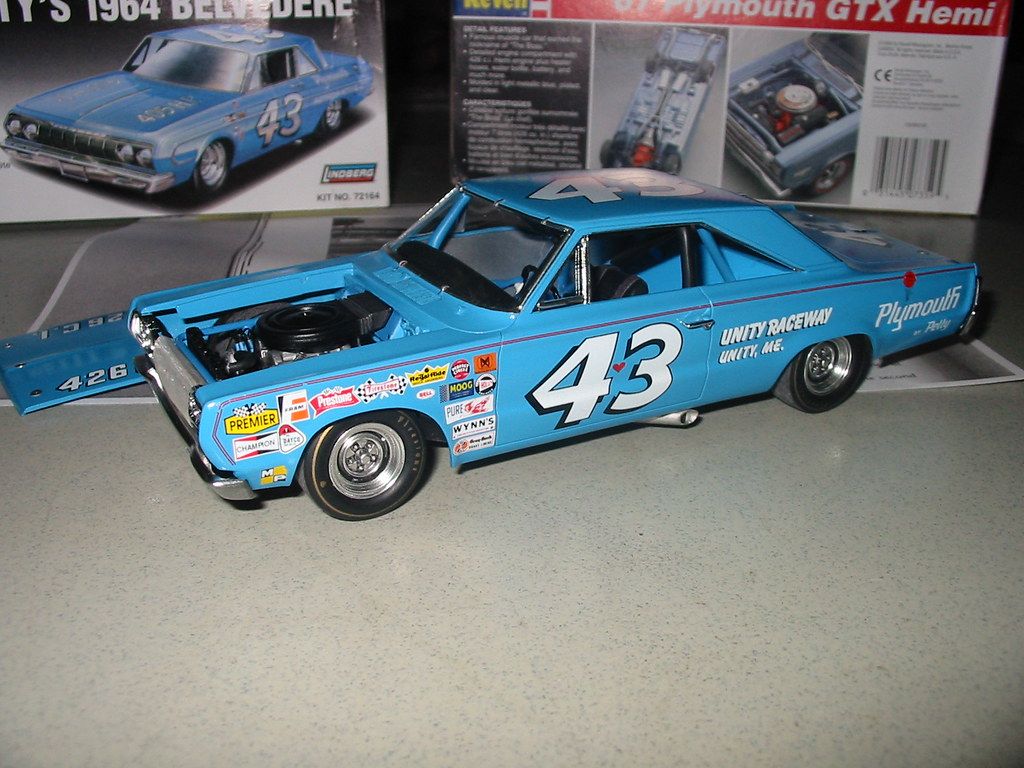
7. **Dedicated Racing Teams: Ramchargers vs. Golden Commandos**The fierce rivalry between Dodge and Plymouth wasn’t confined to showrooms; it exploded onto the drag strips of America, fueled by dedicated, in-house racing teams that pushed the boundaries of performance. These groups, often comprised of enthusiastic young Chrysler engineers, were instrumental in developing groundbreaking racing technology and solidifying the high-performance image of their respective brands, contributing significantly to Mopar’s formidable reputation in motorsport.
Leading the charge for Dodge were the legendary Ramchargers Racing Club. This influential group, including figures like Tom Hoover (Chrysler’s racing engines project coordinator) and Dick Maxwell (director of racing programs), distinguished themselves with their innovative approach to engine development and their dominance on the track. They were central to the development of the potent “Max Wedge” engines in the early 1960s. These formidable powerplants, displacing 413 cubic inches and featuring short tuned-ram intake manifolds with dual four-barrels, along with upswept cast iron exhaust manifolds, became synonymous with Dodge’s drag racing prowess.
While the Ramchargers often garnered a higher profile, the Plymouth brand was equally represented by another in-house club, the Golden Commandos. Both teams were pivotal in campaigning their divisions’ vehicles, showcasing the capabilities of Mopar’s specialized performance cars. The Ramchargers, with their highly feared Dodges, achieved remarkable success, recording four class wins at major NHRA events in 1962 with their 413-inch Super/Stock Mopars, capable of running mid-12-second quarter-miles. These dedicated teams not only secured victories but also provided invaluable real-world testing and development for performance parts, directly influencing the muscle cars that found their way into dealerships and cementing the racing legacy of both Dodge and Plymouth.
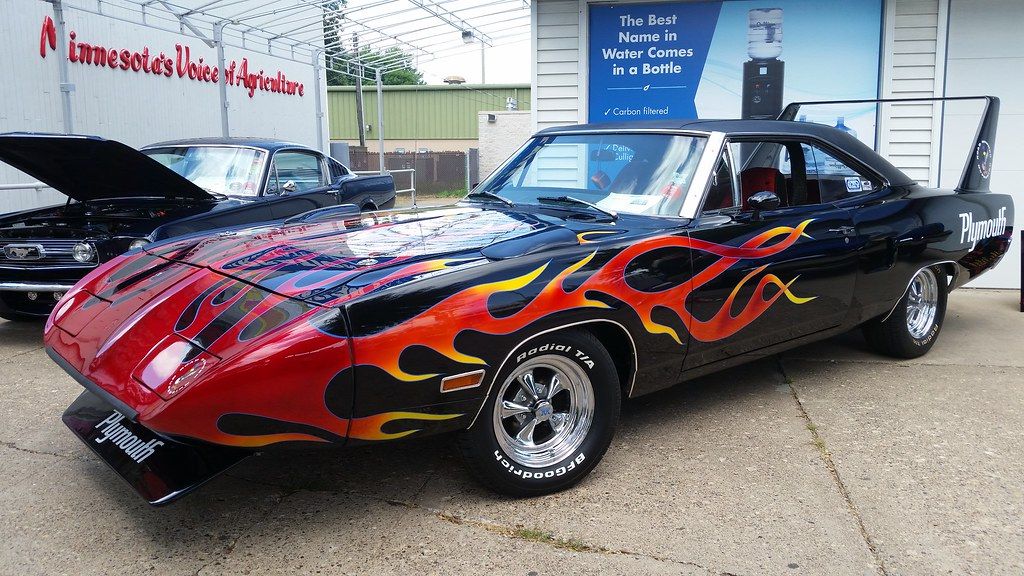
8. **Super Bee vs. Road Runner: The Battle for the Budget Muscle Crown**In the late 1960s, Chrysler sought to democratize muscle car ownership, aiming to expand its high-performance lineup with more affordable options. This strategic move led to the introduction of two iconic, yet distinct, models: the Dodge Super Bee and the Plymouth Road Runner. Both offered impressive performance at a budget-friendly price point, but their paths diverged significantly in sales, longevity, and ultimately, their status in the collector market.
Introduced in 1968, the Plymouth Road Runner quickly captured the hearts of enthusiasts, embodying the spirit of raw, no-frills performance. It proved to be a runaway success, outselling its Dodge counterpart by a significant margin. The Road Runner’s simple, yet effective, formula of a powerful engine in a lightened body, combined with its distinctive cartoon bird horn and accessible pricing, resonated strongly with the youth market and solidified its place as a true muscle car icon.
Despite similar performance capabilities, the Dodge Super Bee, while a formidable machine in its own right, struggled to match the Road Runner’s immense popularity. Both models received a redesign in 1971, adopting the “fuselage” body style, but their fates diverged sharply soon after. The Super Bee was discontinued after the 1972 model year, while the Road Runner continued production until 1974, even evolving into a premium trim package for the Volare in 1975. This difference in production longevity and sales volume has profoundly impacted their rarity and desirability today, with the Super Bee, particularly the 1971 model, remaining the rarer and often more valuable option, exemplified by a 1971 Plymouth Super Bee with a 440 Six-Pack V8 selling for $148,500 in 2024.
Car Model Information: 2022 Hyundai SANTA FE Limited
Name: Dodge Super Bee
Manufacturer: Chrysler Corporation
Production: 1968–1971 , 1970–1980 (Mexico only) , 2007–2009 , 2012–2013
Layout: FR layout
Class: Muscle car
Caption: 1969 Dodge Coronet Super Bee A12 “Six Pack”
Categories: 1960s cars, 1970s cars, All articles needing additional references, All articles with dead external links, All articles with unsourced statements
Summary: The Dodge Super Bee is a mid-sized muscle car marketed by Dodge, that was produced for the 1968 through 1971 model years.
In Mexico, the Super Bee was based on a compact-sized Chrysler platform and marketed from 1970 until 1980.
The Super Bee model name was resurrected for the 2007, 2008, 2009, 2012, and 2013 Dodge Charger Super Bee models.
Get more information about: Dodge Super Bee
Buying a high-performing used car >>>
Brand: Dodge Model: Super Bee
Price: $28,719 Mileage: 32,552 mi.
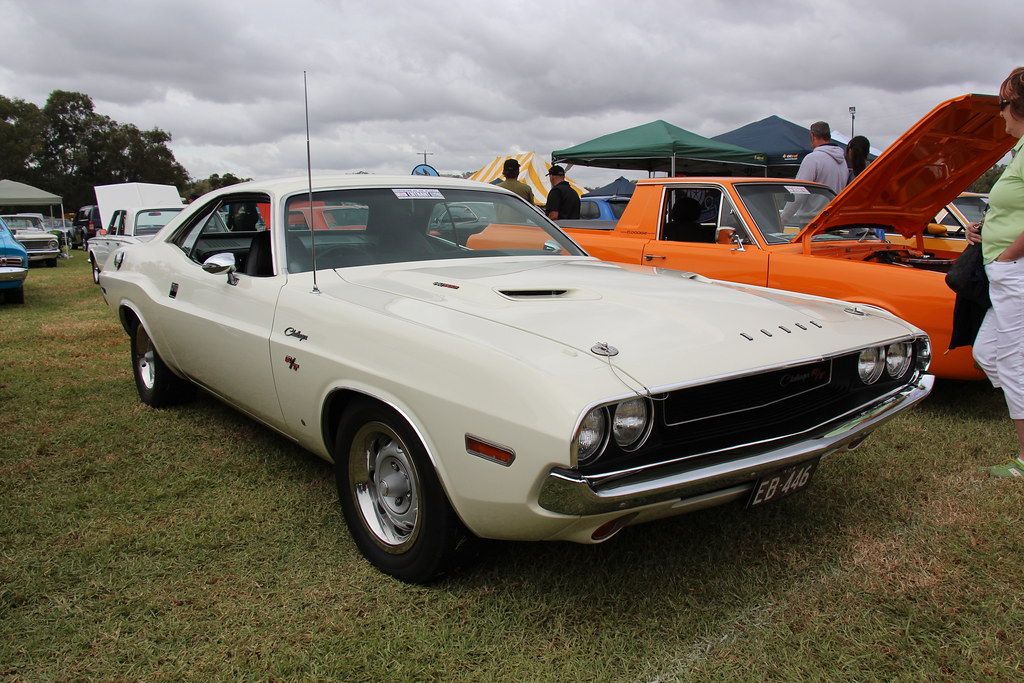
9. **Collector Market Valuation: The Legacy of Rarity and Demand**The ultimate test of a classic muscle car’s enduring appeal often comes down to its valuation in the collector market, where rarity, historical significance, performance pedigree, and public perception converge to dictate astronomical prices. While both Dodge and Plymouth produced exceptional muscle cars, their individual legacies and collector market trajectories have often diverged, creating distinct hierarchies of desirability and value. This fascinating dynamic underscores the profound impact of production numbers, unique features, and the mystique cultivated over decades.
Today, the difference in collector value between some Dodge and Plymouth models is undeniable, even when they shared platforms or similar mechanicals. Enthusiasts often attest to Plymouths being “more valuable,” citing examples like the Hemi Cuda commanding significantly higher prices than a Hemi Challenger, or a Road Runner outvaluing a Coronet, and even a Duster surpassing a Dart in some instances. This phenomenon is largely driven by factors such as lower production numbers for certain Plymouth models, or a perception among collectors that specific Plymouth iterations, like the Hemi Cuda, possess a unique aura that enhances their investment appeal.
The market’s premium on rarity is perhaps best illustrated by the 1971 Super Bee. With only 108 units equipped with the Six-Pack engine in 1971, and a mere 69 of those paired with an automatic transmission, this specific configuration represents the pinnacle of Super Bee collectibility. Its limited availability, coupled with distinctive styling cues such as its unique front grille, side scoops, and rear spoiler, solidifies its status as a prized collectible. Such examples vividly demonstrate how a confluence of low production figures, unique design, and powerful engine options translate into staggering auction prices, ensuring the legacy of these Mopar machines continues to captivate enthusiasts and command respect in the hallowed halls of automotive history.
As we peel back the layers of shared DNA and deliberate differentiation between Dodge and Plymouth, it becomes abundantly clear that their classic muscle cars are more than just powerful machines. They are intricate tapestries woven with threads of corporate strategy, engineering innovation, stylistic ambition, and the unpredictable forces of public desire and market valuation. Each brand, with its distinct identity and iconic models, has carved an indelible mark on automotive history, offering enthusiasts a rich and diverse legacy to explore, appreciate, and fiercely debate for generations to come.



